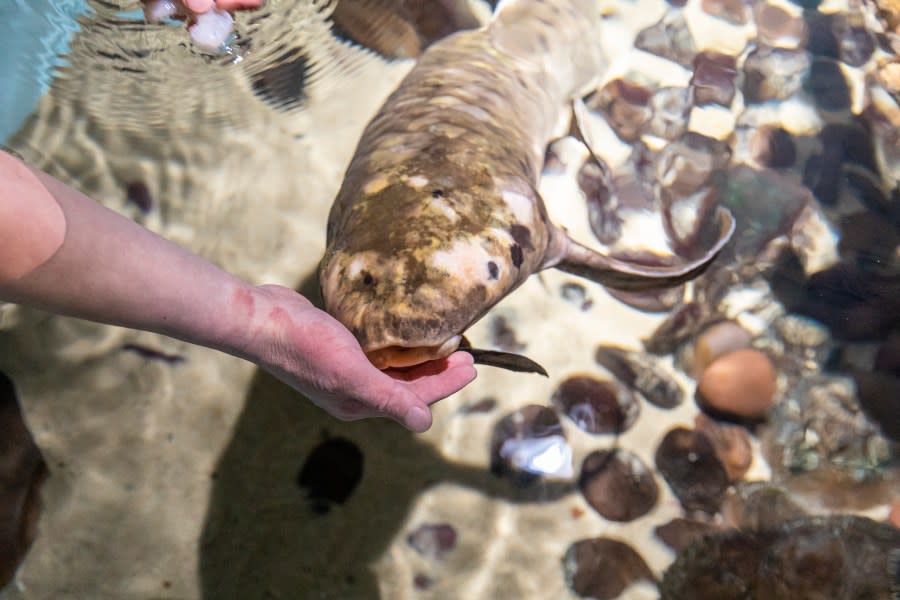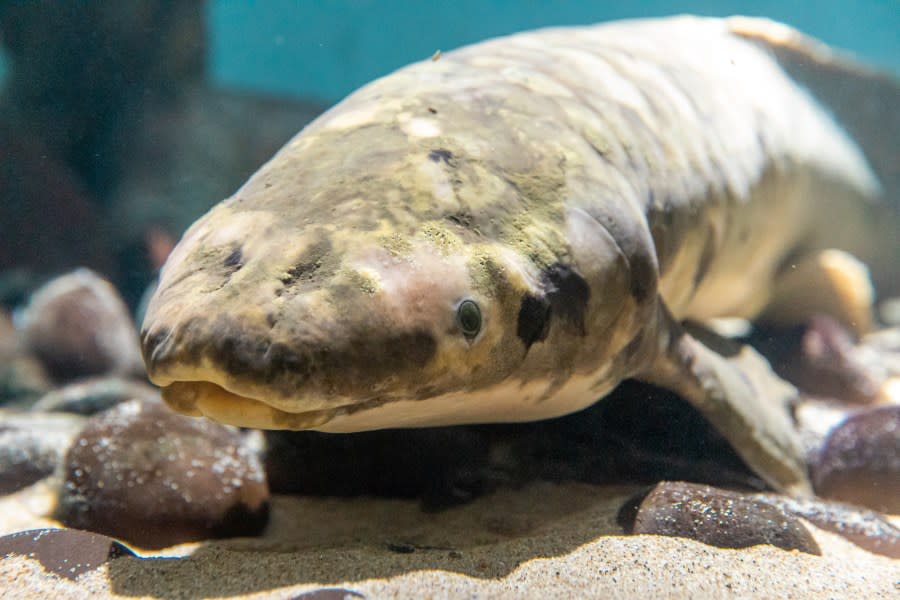Aquarium fish in San Francisco may be 100 years old, study finds

SAN FRANCISCO (KRON) – This week, the California Academy of Sciences (CAS) revealed the age of a beloved Australian lungfish who is the oldest living aquarium fish in the world.
The fish, named Methuselah, has lived at Steinhart Aquarium in San Francisco since 1938. Methuselah arrived in San Francisco on a ship with hundreds of other fish from Fiji and Australia. She outlived them all.
DNA analysis, and a new study led by Australian researchers Dr. Ben Mayne and Dr. David Roberts, estimated Methuselah’s age is between 92 and 101 years old.
Roberts said, “Her actual age could conceivably be over 100, placing her in the rare club of fish centenarians.”

Methuselah is famous at the aquarium for her longevity, charming personality, and penchant for belly rubs, according to CAS. The fish’s previous estimated age was 84. But Methuselah is even more ancient than scientists previously believed.
California woman loses limbs after battling bacterial infection from tilapia
Methuselah’s species, Neoceratodus forsteri, is endangered.
Estimating ages for such long-living fish is notoriously difficult and technically challenging.

“Although we know Methuselah came to us in the late 1930s, there was no method for determining her age at that time, so it’s incredibly exciting to get science-based information on her actual age,” Charles Delbeek, a curator of aquarium projects at Steinhart Aquarium, said. “Methuselah is an important ambassador for her species, helping to educate and stoke curiosity in visitors from all over the world. But her impact goes beyond delighting guests at the aquarium: Making our living collection available to researchers across the world helps further our understanding of biodiversity and what species need to survive and thrive.”
Mayne and Roberts used new methods that only required a tiny tissue sample from the fish’s fin clip. Methuselah and the academy’s two other lungfish (ages 54 and 50) were included in the study.
Mayne and Roberts plan to publish their study’s full findings later this year.
“For the first time since the Australian lungfish’s discovery in 1870, the DNA age clock we developed offers the ability to predict the maximum age of the species,” Mayne said.
For the latest news, weather, sports, and streaming video, head to WesternSlopeNow.com.

